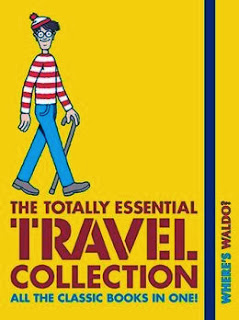This is a simple, but clever concept about how one thing can be seen completely in a completely different light from another viewpoint. It's easy to forget that our view isn't the only view. Wenzel's inspiration for the book came from teaching art, explaining "My philosophy is that it’s impossible to do a bad drawing, and I always introduce that right away to kids. If every kid in a classroom draws the exact same thing – say, a cat – they will come up with a unique image, depending on their perspectives on and experiences with cats, that puts the animal in a different, new light.” That reminds me of how fun it is to walk down the hallway in an elementary school, seeing the variance of a project from an entire class hung in a line.
When you see a cat, what do you see? What a child sees when the cat wanders past is not at all the same as what the dog, or snake, or fish sees. Really interesting to turn the pages and see how each illustration is completely different from the last. It's like looking at the cat through a series of fun house mirrors. I love the fish's view (shown directly below), but probably the best is the patchwork version of the cat from all the views.
Large pages, and plenty of vibrant colors make this a fun read. There isn't much text, and there doesn't need to be. This is a fantastic way to show children how our view isn't the only view. Definitely check out the book trailer from Chronicle Books. Interesting side note: this is Wenzel's first book, which had eight publishing houses bidding on the rights.
Review copy provided by Chronicle Books.

























